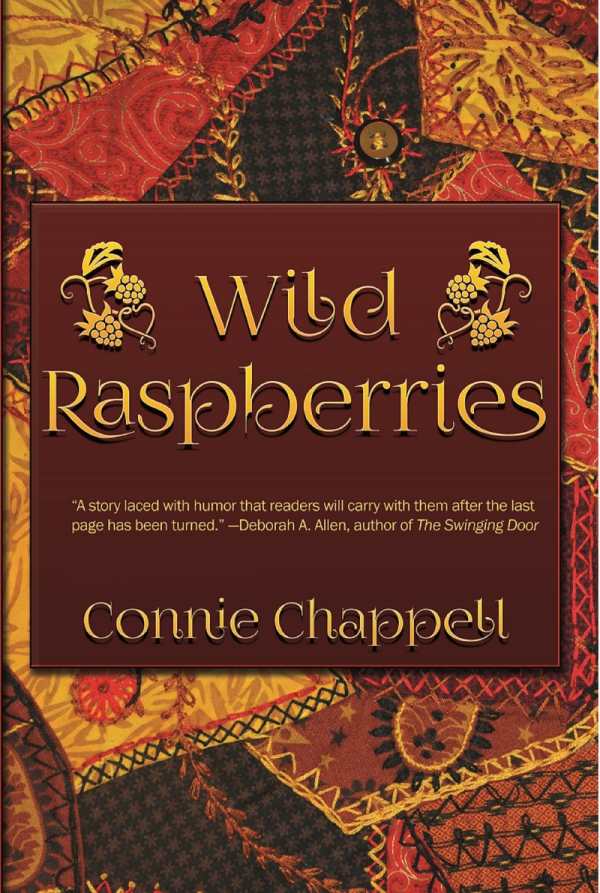Wild Raspberries
Wild Raspberries artfully captures the struggle to see clearly in the midst of loss, with well-placed comic moments to break the tension.
In Wild Raspberries, Connie Chappell ably stitches the fabric of women’s lives in a plot composed of bristling encounters and whip-smart dialogue.
Set after Jack Sebring’s death, the story centers on family problems. When Jack’s daughter-in-law, Lizbeth, finds herself at a crossroads after losing her husband in an accident, she and Jack’s wife, Arnett, embark on a dubiously named “peace summit” with their counselor Beebe and Jack’s lover, Callie. The four unlikely travel mates embark on a West Virginia retreat to work through lingering emotions.
The emotionally charged plot takes place in fictional Cassel, Maryland, and Heatherwood, a luxurious cabin Jack and Callie kept during their decades-long affair. The women’s shared desire to do their best by Lizbeth’s toddler forces them to figure out a way to keep the Sebrings together. In their grief, characters revisit painful memories. In their therapeutic caucuses led by Beebe, the women step beyond the roles of bereaved mother, scorned wife, mistress, and concerned friend to become multifaceted figures. Third-person narration suits the complicated material, allowing each woman a turn at revealing the impact of withholding secrets.
Arnett’s pride, charm, temper, and vulnerability make her a memorable character. Callie matches her in spirited exchanges while refusing to engage Arnett’s childish impulses. Beebe’s backstory adds a twist that shows a counselor who should heed her own counsel, yet her personal losses seem less vital to the larger arc. The plot, too, falters slightly; the choice to resolve ongoing conflicts through an event that all but forces a truce shortcuts the hard conversations the women might otherwise face. Still, Wild Raspberries artfully captures the struggle to see clearly in the midst of loss, with well-placed comic moments to break the tension.
Lucius, Callie’s friend and neighbor, deserves special mention. His presence enlivens scenes set in Heatherwood and the surrounding town of Baron with a frank curiosity that borders on mischievous. As a bystander, he also serves as a sympathetic confidant, drawing Arnett, Lizbeth, and Beebe into sharper focus.
Other excellent features of the work include the theme of remaking, which is physically manifested through Callie’s memorial quilts and Lucius’s restoration of a former train station, and symbolically, through the women’s shifts in perspective.
With an emphasis on reconciling old resentments, and on exploring the damage Jack Sebring’s affair did to his surviving loved ones, the book confronts difficult material without lingering on the negative. Callie’s goodwill shines throughout. Despite her awkward position as an outsider and Jack’s lover, her willingness to help the Sebring women may be the book’s most lasting impression—healing can come from the most unexpected sources.
Reviewed by
Karen Rigby
Disclosure: This article is not an endorsement, but a review. The publisher of this book provided free copies of the book and paid a small fee to have their book reviewed by a professional reviewer. Foreword Reviews and Clarion Reviews make no guarantee that the publisher will receive a positive review. Foreword Magazine, Inc. is disclosing this in accordance with the Federal Trade Commission’s 16 CFR, Part 255.

